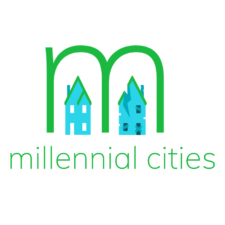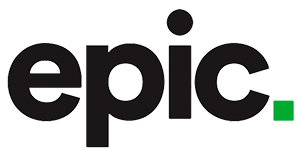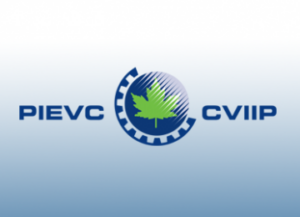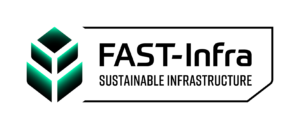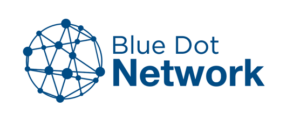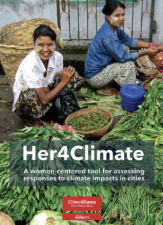
The Building EJ Tool is a free online tool that’s been developed for design teams and community development advocates to be used on building projects. This tool provides local data, resources, and frameworks for design teams to identify pressing issues and document a project’s journey to accounting for more equitable design.
The tool also enables local community leaders, environmental justice experts, and community based organizations to actively connect with projects they want to engage with or partner on, as well as for stakeholders to have more transparency on projects in their community.
Lifecycle Phase(s): Strategic PlanningPublic authorities identify the needs and long-term vision for infrastructure development., Project PlanningGeneral strategy for a project’s delivery is developed., Concept DesignTechnical experts broadly outline the project’s basic characteristics., ConstructionThe asset is constructed in line with design, budget and timeline.
Type(s) of Tool: GuidelinesOperationalize sustainability principles, less specific than Benchmarks or Rating Systems., Impact AssessmentsEvaluate the impacts of assets or policies on the environment and local livelihoods.

